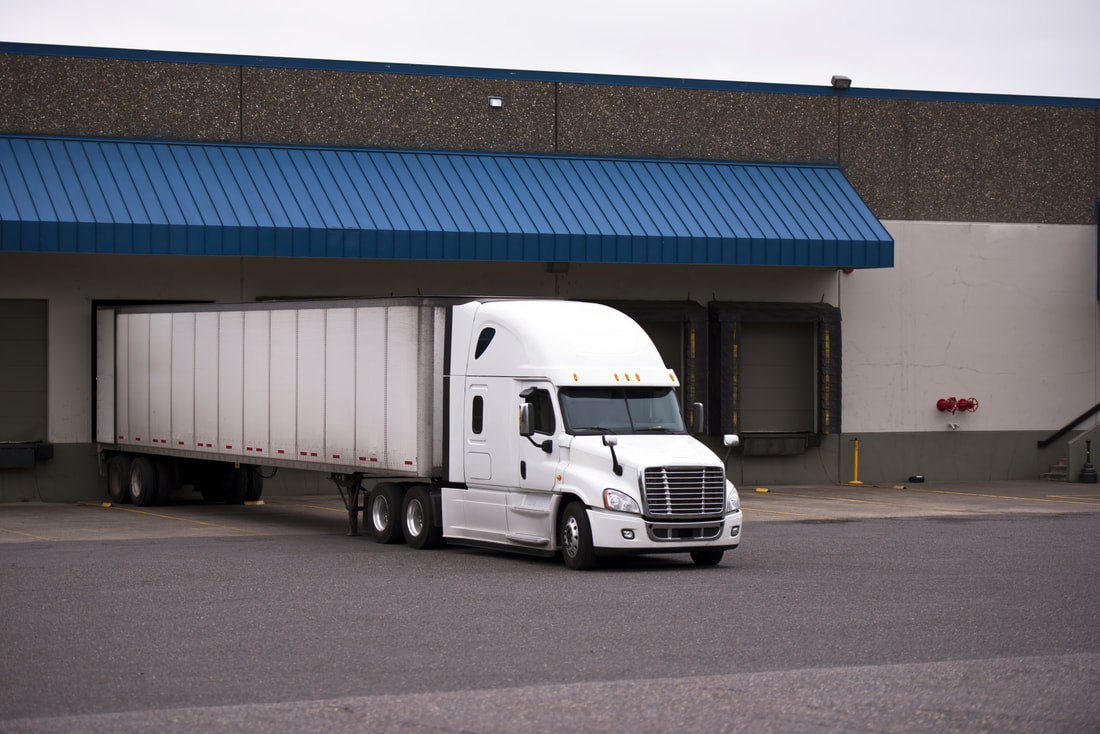 Common careers in the transport and logistics companies include logistics consultant, logistics manager, data analyst, supply chain operator, and project manager. Logistics is the process of movement of materials, equipment or inventory from beginning to end. The transportation of materials is referred to as logistics, while supply chain is concerned with the entire process involved in moving raw materials to manufacturing plants. These three aspects are combined in transportation and logistics to provide a complete picture of supply chain management. Supply chain management refers to the entire process involved in moving goods from point A to point B. There are many activities that fall under this overall concern, including logistics planning, transport, warehousing and storage, and distribution. All of these activities must be synchronized in order for the transport and logistics firm to meet their delivery goals and optimize their profit margins. Failure to do so can result in the loss of customers, financial losses, and damage to the brand name and reputation of the company. Border management refers to the identification, evaluation and correction of barriers that serve to prevent illegal cross-border activity. Illegal entry into a country through various means, such as theft, violence, and migration is known as border management. Border security and laws are continuously being revised to maintain international security and protect the integrity of the international trade and finance system. Border security is one of the key components of logistics performance and should be examined closely during the planning and execution of any transport and logistics function. Border management also includes inspection, engineering solutions, and surveillance. Supply chain management focuses on all the stages of the supply chains, from product lifecycle to delivery. It also takes into account service and support, marketing, sales, and accounting. All of these processes have an impact on the performance of the firm, as they affect the speed, quality, safety, durability, and value of the final product or services delivered. Properly managed, the supply chain extends the capacity of the freight forwarder, increasing the company's overall logistics performance. Logistics companies firms should constantly monitor their own performance and adopt effective strategies for improvement. This requires knowledge and expertise in the field of transportation, distribution, manufacturing, distribution, and financing. Logistics companies should implement tools and advanced analytics systems that facilitate efficient global supply chains. These include tools to improve air transportation efficiency, reduce freight losses, and monitor and improve logistics productivity. Advanced analytics systems provide logistics companies with up-to-date information on the status of their transport and distribution activities. Every year, a large number of shipments go missing in transit. For every delivery, there are many different possibilities for loss and damage, such as damages caused by natural disasters, failure of vehicles at the time of delivery, human error, transportation errors, or supply chain problems. A logistics expert can help you to prevent loss and damage and help you recover your shipment once it has made it through a difficult situation. Learn more details about cross docking here: https://en.wikipedia.org/wiki/Cross-docking.
0 Comments
 Common careers in the transport and logistics industry include logistics manager, technical consultant, data analyst, supply chain coordinator, logistics specialist, and audiovisual specialist. The industry also includes administrative positions related to finance, business administration, engineering, and information science. The transport and logistics market is a very important market within the global economy. The transportation sector uses several forms of transportation such as air freight, ocean cargo, land and water transport. Cargo shipping and trucking businesses are the most significant players in this market. Other important freight transportation services include emergency services, goods transportation, freight forwarding, and international trade. Transportation and Logistics involve the movement of products and materials and the storage, transportation, and distribution of these products and materials. In order for the transport and logistics business to be successful, it requires efficient and reliable transport and distribution of goods and materials. This involves the use of transport vehicles including trains, trucks, buses, airplanes, rail freight, water vessels, and refrigerated vehicles. Automobiles, powered electronic and other machines are not used in the transport industry. Although there are some exceptions, such as in transportation of hazardous materials, the most common transport vehicles are automobiles, powered machines, railway locomotives, aircraft, and trucks. Most goods that are transported around the world require the use of transport vehicles. Almost all the countries in the world use freight transport vehicles to transport freight between locations. Freight transport vehicles include construction equipment, factory ships, semi-trailer trucks, ferry boats, trucks, buses, cargo ships, motor cycles, and tractor-propelled tractors. The transport business also requires the use of other vehicles such as trucks, buses, coaches, courier vans, and rail trucks. There are also a variety of machinery such as cranes, bulldozers, loaders, forklifts, generators, earthmovers, and others. It is important for a logistics company to have a wide variety of these types of equipment in order to meet the requirements of different clients. In order to make effective use of transport and logistics, a logistics company should have a well-developed supply chain. The chain should be developed on day one, before the shipment begins. This allows a company to evaluate the efficiency of their transport system and identify areas that can be improved. Once they have a complete assessment of their current transport and logistics procedures, the next step is to develop a comprehensive long-term strategy to improve the efficiency and reduce costs of the transport and logistics industry. Many transport and logistics companies have developed advanced analytics systems that are designed to help them monitor supply chains and identify problems. They use sophisticated computer programs to determine where there gaps are in their system, what is causing those gaps, how to solve problems, and how to continuously improve the quality of their supply chains. Many of the modern applications available today have the ability to rapidly process large quantities of data, including very large amounts of data from an international scale. These software programs also give logistics companies the capability to rapidly analyze information and make quick decisions about various aspects of their business, including routes, products, locations, and other operational details. Many of these applications also support a wide range of languages. There are many uses for these advanced software programs in a modern global economy. One application that is becoming popular is for a company that is looking to streamline their business processes. Streamlining a company's transportation and Logistics department can lead to significant increases in efficiency, better customer service, lower costs, as well as increased profits. Other applications for streamlining the logistics department include those that help companies streamline their supply chains. The more efficient a company's supply chain is, the less energy and resources that are consumed while moving things from point A to point B. Discover more about logistics here: https://en.wikipedia.org/wiki/Logistics. 9/18/2021 0 Comments Save on Storage Rental What industry is best suited for cross docking services? Cross docking is effectively being used around the world in industries where speed of transportation is highly required yet at a reasonable price. But the industries that take the most advantage out of cross docking are the two that have the least cost to implement it in their businesses. But what industries do they fit into? Shipping & Logistics: Shipping & Logistics companies utilize a large part of their time and money in the supply chain logistics. They use the cross docking services in order to make the inbound shipments of goods available at the specified times. This makes it easier for them to meet the deadlines of their customers in a fast manner. The time they save with these services also allow them to provide better services and lower costs to their customers. Consumer Products: When we talk about consumer products, we generally tend to associate them with the high-end market segments. But the fact is that these products are also cross docks ready. This means that the transport and logistics companies also handles the inbound shipments of consumer goods. In the case of consumers, it means that the goods come from the manufacturer ready to get deployed. And when the retailer purchases them from the distribution house or the manufacturer, this automatically falls under the category of logistics used by the retailer. Engineering: Just like other fields of transportation engineering finds its niche in the cross docking services. Engineers normally use shipment services in order to transport raw materials and finished products to their final destination. For instance, if an engineer needs to transport water in a tank, he would call upon a cross docking service to fill the tank in the specified location, pack the material, and then transport the container to its destination. Again, if the company requires raw materials to be shipped from one location to another on a train, they will first need to obtain a permit or authorization from the rail company, ship the raw materials on the train, and then load them into containers for transportation. Warehousing: Cross docking services have proven to be very beneficial to warehousing operations. Warehouses have been greatly benefited from this service because they eliminate the expensive lead times in shipping and transportation of finished goods. If you will recall, the average lead time in shipping products was anywhere between six to nine months. At times, companies even had to purchase the goods in advance in anticipation of receiving them from the distributors. With warehouse cross docking services, companies will no longer have to face these expensive costs. This results to an overall cost reduction in the form of lower inventory turnover, improved supply chain management, and lower transportation costs. These savings are then passed on to the customers in the form of lower prices and better service. The key is to find a cross docking services company that can provide you with the tools and software necessary to track your inventory and handle your new and existing cargo needs. Continue to learn more about warehouse here: https://en.wikipedia.org/wiki/Warehouse. |
AuthorWrite something about yourself. No need to be fancy, just an overview. ArchivesCategories |
 RSS Feed
RSS Feed
